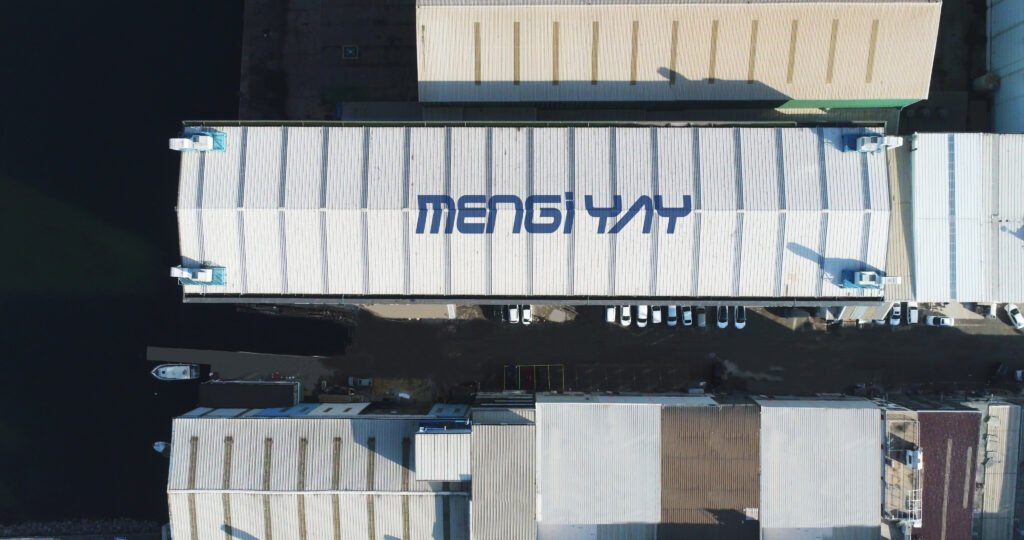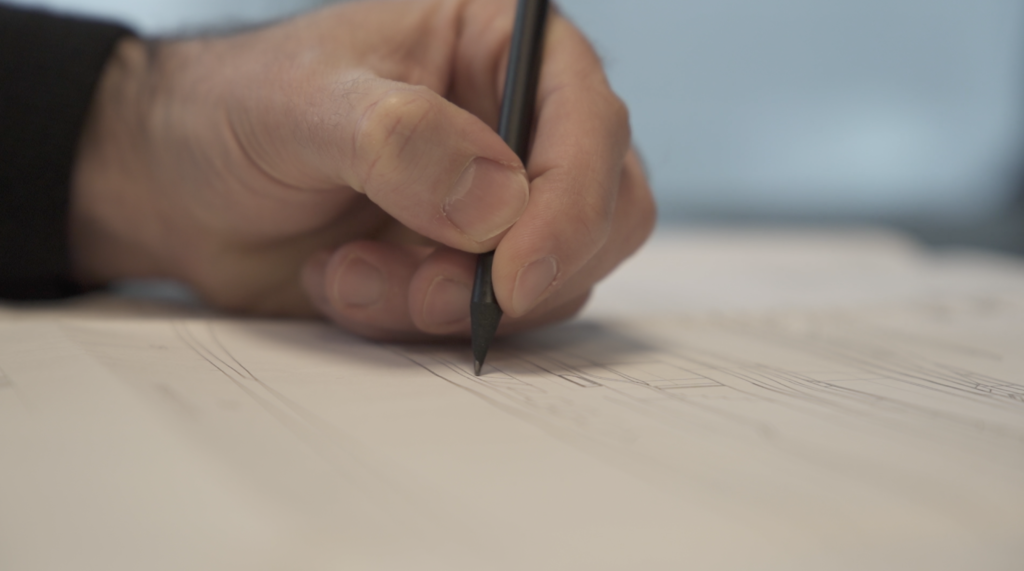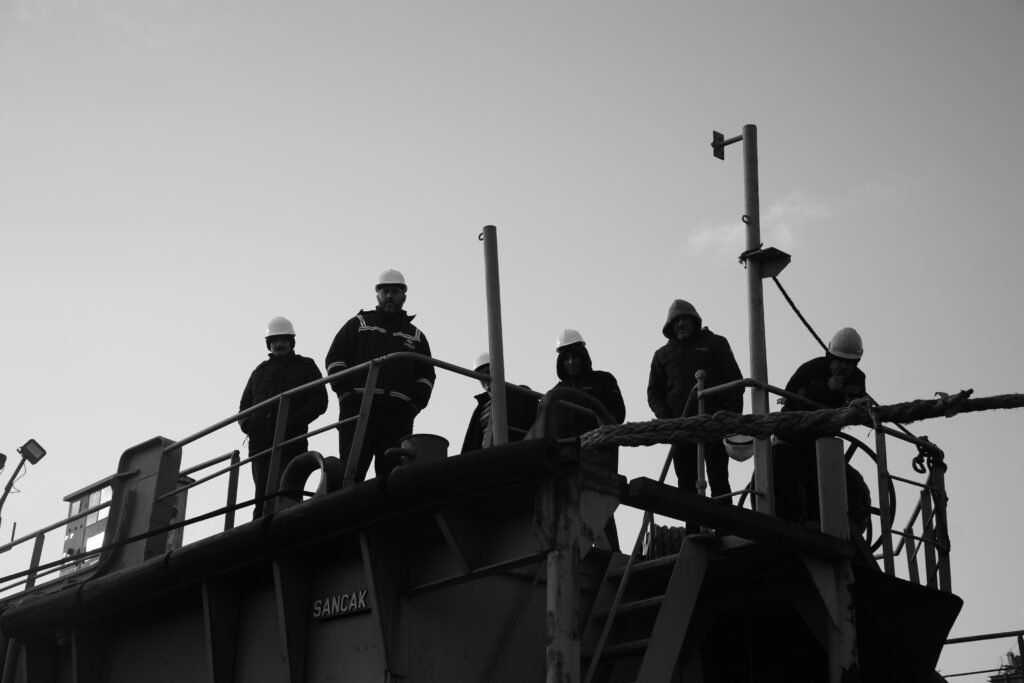Comprehensive Guide to Yacht Safety & Compliance: Fire Doors, Emergency Pumps, and More
Ensuring safety and compliance on a yacht is paramount not just for legal reasons but also for the well-being of everyone on board. As yachts grow increasingly sophisticated, the systems that keep them running smoothly, safely, and comfortably must be meticulously maintained. In this comprehensive guide, we’ll dive deep into key aspects of yacht safety and compliance, covering fire door calibration, emergency fire pump replacement, stabilizer maintenance, and Life-Saving Appliances (LSA) inspections, alongside class renewals and why they’re crucial.
The Importance of Safety & Compliance in Yachting
Yachts are subject to stringent regulations set by classification societies (such as RINA, Lloyd’s Register, ABS, etc.) and international maritime organizations. These rules are designed to ensure that yachts are seaworthy and safe for passengers and crew. Regular maintenance, inspections, and system calibrations are essential for maintaining compliance with these regulations and preventing accidents or failures at sea.
Fire Door Calibration and Service
Fire doors are a crucial component of a yacht’s fire protection system. These doors are designed to contain fires, preventing the spread of flames and smoke, and buying valuable time for evacuation or firefighting efforts. However, for fire doors to function effectively, they must be calibrated and serviced regularly.
Key Aspects of Fire Door Calibration:
- Proper Sealing: Fire doors must seal completely when closed to prevent smoke and heat from passing through. Calibration ensures that the door’s hinges, seals, and closers are correctly aligned.
- Automatic Closing Mechanisms: Fire doors are often equipped with automatic closing devices that activate during a fire. These mechanisms need to be checked and calibrated to ensure they close fully and quickly in the event of an emergency.
- Compliance with Regulations: Regular calibration ensures the yacht remains compliant with fire safety regulations. This is particularly important for meeting the requirements of annual surveys by classification societies.
Why is it Important?
Without proper calibration, fire doors may fail to function correctly during an emergency, allowing a fire to spread and compromising the safety of the entire vessel. Regular servicing guarantees that the fire doors can effectively contain a fire, protecting both lives and property.
Emergency Fire Pump Replacement
Every yacht must have a reliable emergency fire pump as part of its fire suppression system. This pump is used to supply water to the yacht’s fire sprinkler and hose systems in the event of a fire. Regular checks and timely replacement are crucial to ensuring this system functions correctly in emergencies.
Key Features of the Emergency Fire Pump:
- Backup for Primary Systems: The emergency fire pump acts as a secondary water supply in case the primary fire pump fails or the yacht loses power.
- Compliance with SOLAS Regulations: Yachts are required to have an operational emergency fire pump as part of the International Convention for the Safety of Life at Sea (SOLAS).
- Integration with Sprinkler Systems: The pump provides water to sprinklers throughout the yacht, ensuring that fires are quickly contained and suppressed.

Why is it Important?
A failure in the emergency fire pump can result in catastrophic damage or loss of life during a fire. Regular servicing and replacement of worn-out pumps are essential to guarantee the system’s reliability. Ensuring the pump is always functional during an emergency protects both the vessel and those on board.
Service Fire & Safety Equipment
Yacht safety equipment must undergo regular inspections and maintenance to comply with safety regulations and ensure readiness in an emergency. These items include life-saving appliances (LSA) such as life rafts, fire extinguishers, and alarms.
Key Components of LSA Equipment Checks:
- Fire Extinguishers: Each fire extinguisher on board must be inspected, serviced, and recharged according to the manufacturer’s specifications. The pressure levels and nozzle condition must be verified.
- Life Rafts and Life Jackets: Life-saving appliances are subject to annual surveys, with some requiring servicing every two years. Life rafts must be inspected to ensure they deploy correctly and contain the necessary safety supplies.
- Fire Alarm Systems: Smoke detectors, heat detectors, and alarm systems must be regularly tested and serviced to ensure proper functioning.
Why is it Important?
Failing to service fire and safety equipment can lead to non-compliance with maritime safety regulations, putting the yacht and its occupants at risk. Regular checks ensure the yacht is prepared for emergencies, and that safety equipment is in working order.
Stabilizer Regular Service
Yacht stabilizers are essential for providing a smooth ride in rough seas. They reduce the yacht’s rolling motion, improving comfort for passengers and crew. However, stabilizers require regular maintenance to ensure they continue working effectively.
Stabilizer Maintenance Tasks:
- Nitrogen Charging: Stabilizers are often pressurized with nitrogen to maintain proper hydraulic pressure. Regular nitrogen filling or recharging is necessary to ensure the stabilizers function optimally.
- Lubrication of Moving Parts: The hydraulic systems and fins must be lubricated regularly to prevent wear and tear.
- Inspection for Leaks: Hydraulic stabilizers can develop leaks over time, reducing their effectiveness. Regular inspections are essential to catch and fix leaks before they cause significant damage.
Why is it Important?
If the stabilizers fail, the yacht’s ride can become uncomfortable or even dangerous in rough seas. Regular maintenance ensures that the stabilizers perform correctly, enhancing safety and comfort on board.
Life-Saving Appliances (LSA) Surveys
Life-saving appliances (LSA) on yachts are subject to regular surveys and inspections to ensure they are functioning properly and meet international safety standards. Depending on the equipment, these surveys occur annually or biennially.
What’s Involved in LSA Surveys:
- Inspection of Life Rafts: Life rafts are unpacked, inflated, and inspected to ensure they deploy correctly and are fully stocked with safety provisions (flares, water, rations, etc.).
- Life Jacket Checks: Each life jacket is inspected for wear and tear, with a particular focus on buoyancy material and inflation mechanisms.
- Fire Extinguisher Service: Extinguishers are tested to ensure they are properly pressurized and free of blockages. They are recharged or replaced if necessary.
- Flares and Emergency Signals: Expired flares and signals are replaced to ensure they can be relied upon in an emergency.
Why is it Important?
Life-saving equipment is the last line of defense in an emergency. Proper inspections ensure the yacht is compliant with safety regulations and that all equipment is in working condition, ready to be used when needed.
Class Renewals and Their Importance
Yachts are classified under various regulatory bodies (such as RINA, Lloyd’s Register, ABS, etc.), and maintaining a yacht’s classification is essential for legal operation. Class renewals involve thorough inspections of the vessel’s structure, machinery, and safety systems to ensure the yacht remains compliant with international maritime safety standards.
Key Areas Covered in Class Renewals:
- Hull Inspections: The yacht’s hull is inspected for any signs of corrosion, damage, or wear. Any issues must be addressed to maintain the vessel’s classification.
- Machinery Checks: All key machinery systems, including engines, generators, and stabilizers, are inspected to ensure they function correctly and safely.
- Safety Systems: Fire suppression, alarm systems, and life-saving appliances are tested to confirm they meet current regulations.
Why is it Important?
Failing to complete a class renewal can result in the yacht losing its certification, making it illegal to operate in many regions. Maintaining classification ensures that the yacht meets all safety, structural, and operational standards required for its size and type, protecting both the owner and crew.
Conclusion
Yacht safety and compliance are non-negotiable aspects of yacht ownership and operation. Regular fire door calibration, emergency fire pump replacement, stabilizer servicing, and LSA equipment checks ensure that your yacht is always prepared for any emergency while remaining compliant with international regulations. As experts in yacht maintenance and compliance, we work closely with industry leaders and regulatory bodies to provide top-tier services that ensure your yacht operates safely and efficiently.
Whether it’s nitrogen charging for stabilizers, fire door calibration, or emergency pump installations, our expert team ensures that all aspects of safety and compliance are covered. Contact us for official reports and personalized safety service plans tailored to your yacht’s needs.


